What Are Fibrocystic Breasts?
Leave a Comment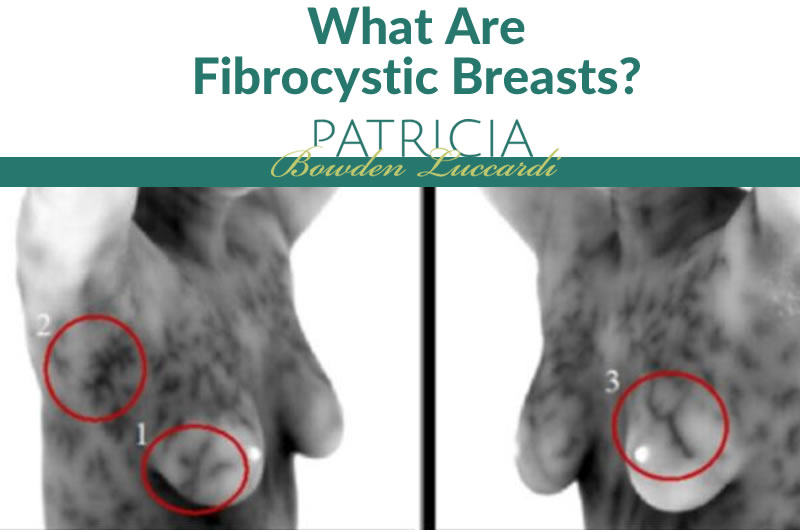
As a clinical breast thermographer, I see more and more fibrocystic breast cases than any other abnormality of the breast.
Fibrocystic breast syndrome or disease is a common condition. It is also called cystic breasts or mammary dysplasia.
Breasts can feel swollen or have a different texture, or even feel lumpier than they did yesterday. Lumps, be it of any kind, in the breast, triggers fears of cancer. Both benign and malignant lumps are very different in texture and density.
Most breast lumps that women feel – eight out of ten – aren’t cancer.
It’s more common for them to be a cyst (a sac) or a fibroadenoma (an abnormal growth that’s not cancer). Some lumps come and go during a woman’s menstrual cycle.
Mammograms are often performed on women with fibrocystic breasts. Despite a great deal of evidence citing no benefit and much harm from mammograms women are recommended to have them annually.
There is disagreement as to the age women should commence this procedure.
Characteristics of Fibrocystic Breasts
Fibrocystic changes are characterized by breasts that are lumpy with many irregularities in the breast tissue itself. Fibrocystic breasts seem to occur when a woman’s breasts are overly sensitive to fluctuating hormone levels. Women with fibrocystic changes may have pain and/or lumps.
Over half of all women will experience fibrocystic breasts at some time in their lives, but are fibrocystic breasts really a “disease”?
Many in the medical community say referring to it as a disease is a “misnomer.”
Fibrocystic disease or syndrome is highly prevalent in today’s industrialized nations. This may be common, but it doesn’t make it normal. It is important to note that the symptoms of fibrocystic breasts are different from those of breast cancer.
When you have fibrocystic breasts, you should not experience:
- Any type of irregular nipple discharge
- Bleeding from the nipples
- A growth or firming of specific lumps over time
- Changes in breast skin, such as the development of a rash, redness, or the formation of dimpling of the skin
- A thickening of the skin
- Changes in nipple angle (pointing more down, sideways or up than normal)
- The inversion of the nipple into the body
- Discoloration of the nipple or areola
- Changing in shape of the areola
If you experience any of the above symptoms, contact your medical professional immediately for a thorough examination.
Fibrocystic breast is associated with estrogen dominance. It can occur due to changes in a woman’s hormonal levels and is more common in women of child-bearing age.
However, this is not limited to women of childbearing age. As seen in thermographic imaging, it can show up in women of all ages.
This is not just limited to women either as estrogen dominance is also seen in men. Please note as the thermogram can see estrogen dominance, not all experience will experience physical changes in their breast tissue.
This is not a time to panic, but to become proactive.
Thermography For Fibrocystic Breasts
The good news is that thermal imaging/thermography and ultrasound can distinguish between fibrocystic breasts (an almost universally experienced condition) and breast cancer (a significantly less common disease).
Thermography has the ability to show the heat associated with the backup of estrogens and xenoestrogens in the body, because synthetic estrogens and hormones affect breast and fatty tissue with distinct heat patterns that can only be seen on Infrared Thermal Imaging.
These estrogens show up classically as leopard spots or mottling in thermographic images reflecting inflammation. It is one way you are able to assess the severity of this syndrome and response to lifestyle changes that you will be making. With thermography you can get a real live time image of the toxic load your breast may be carrying.
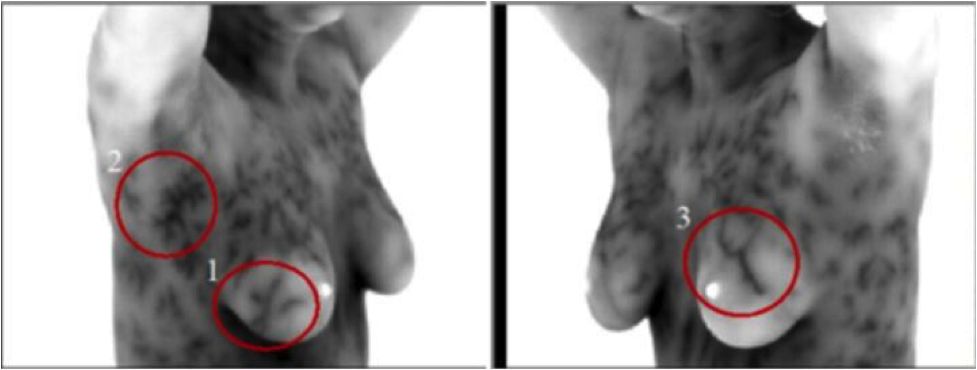
There is much you can do to reverse fibrocystic breasts and lessen your risk factors, as these can increase your risk of having breast cancer anywhere from two-fold to six-fold.
The Risk Of Environmental Estrogens
When it comes to breast cancer, and breast health, one of the greatest concerns is exposure to environmental estrogens.
There are many kinds of estrogens that are not tested in routine hormone profiles. Environmental contaminants known as xenoestrogens and Bisphenol-A(S) attach to receptor sites and mimic biological estrogens, disrupting your entire endocrine system.
Studies have shown that chronic endocrine dysfunction can lead to cancer, birth defects, infertility, depression, mood disorders, blood abnormalities, frequent illnesses, chronic fatigue, and severe immune suppression.
Our constant exposure to environmental toxins may be partially attributed to the alarming increase in cancers. Estrogen dominance is evident in the weight gain around the midsection.
In thermography it is very common to see the leopard spots, or mottling from the estrogens on fatty tissue, especially belly fat. Fat has been called the third estrogen. The more adipose or fatty tissue there is on a person, the more mottling and estrogen dominance can show up in the thermographic image. That alerts me to suggest to the patient a metabolic detox and balancing of the hormones.
This woman needs a metabolic detox:
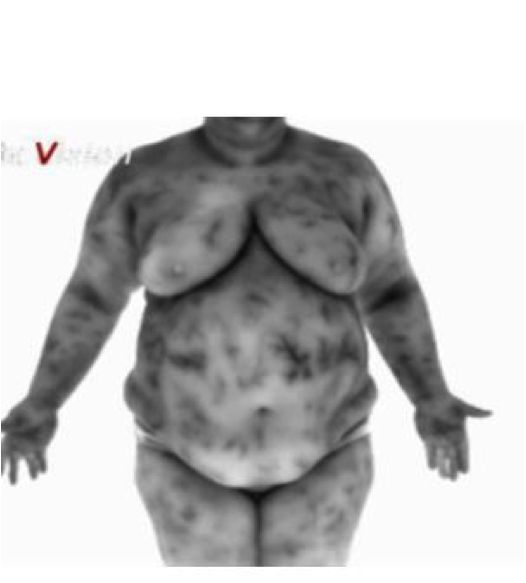
Estrogen Dominance
Estrogen dominance is a condition that occurs when there are abnormally high levels of estrogen in the body and reduced levels of progesterone, which has been linked not only to the development of fibrocystic breasts but also to the development of breast cancer.
According to the late Dr. John Lee, “We believe estrogen dominance is an unrecognized risk factor for breast cancer, and in this context, it makes sense that chronically lumpy and painful breast would also be a risk factor.”
To quote Dr. Patrick Fratellone, “Whenever you find these estrogens on a woman’s breast in thermography get rid of it as soon as possible. These are toxins. You wouldn’t leave toxins lying on your kitchen table, so why would you leave them on your breast?”
Most doctors know about estrogen deficiency but not estrogen dominance. If you would like more information on how to detox these toxins from your body, contact me for a consultation on recommended lifestyle changes with supplementations that decrease estrogen.
A Six-Month Comprehensive Protocol for Women to Detox and Reduce Harmful Environmental Estrogens While Optimizing and Restoring Breast Health
Prior exam:
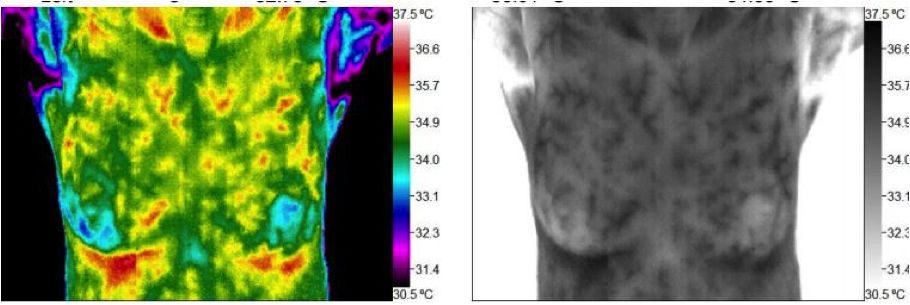
Six-month follow up after detox:
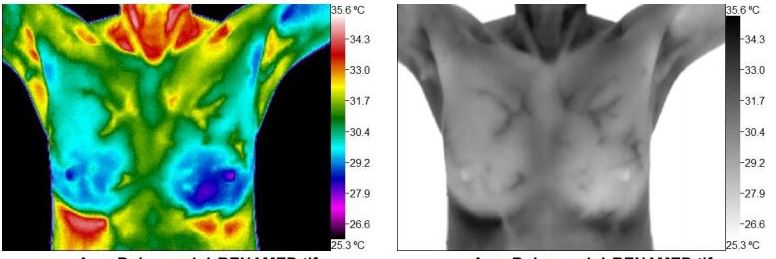
Yours in Radiant Health,
Patricia Luccardi
Offering Breast, Upper Body and Full Body Exams
PS: Stay on top of your thermographic follow up. Refer a friend and get $50 off your next follow up. Contact me today to schedule.
Thermography is radiation-free, painless, safe, preventive screening regardless of age, size, density or nursing.

